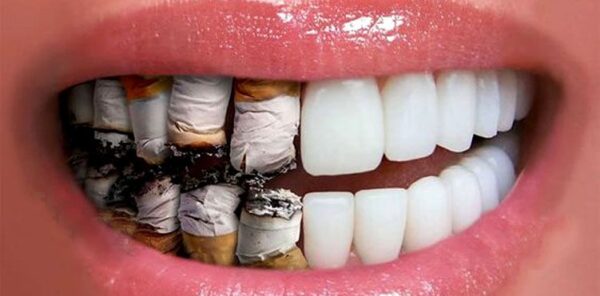Tobacco use has been an integral part of India’s culture for centuries, with a wide variety of forms available. Unfortunately, this deep-rooted tradition comes with a heavy cost Tobacco use in India has dire consequences on the oral health of its citizens. Not only does tobacco use lead to the development of serious illnesses. But it also affects the quality of life of those who use it. From bad breath to increased risk of oral cancer. The effects of tobacco on the mouth are far-reaching and can cause an array of problems. This article will explore the dire consequences of tobacco use on oral health in India, with a focus on the diseases, symptoms. And treatments associated with it. Additionally, it will provide suggestions on how to prevent and reduce the risks of tobacco use in India.
Tobacco use has a significant impact on oral health in India. India has one of the highest rates of tobacco use in the world, and this has contributed to a high prevalence of oral cancer, periodontal disease, and other oral health problems.
Overview of Tobacco use in India
Tobacco use in India is a widespread phenomenon, with the prevalence of tobacco use in the country estimated to be around 34.6%. This figure is particularly alarming given the significant health risks of tobacco use, which are particularly pronounced among those in lower socioeconomic categories. Moreover, tobacco use in India is widespread among both genders, with men being more likely to use it than women.

The forms of tobacco used in India are varied, with cigarettes, bidis, gutka, and other forms of smokeless tobacco being the most popular. It is estimated that 77.1% of tobacco users in India use smokeless tobacco, while 22.9% use smoked tobacco. Smokeless forms of tobacco, such as gutka and betel quid, are particularly popular among women and children.
The prevalence of tobacco use in India is particularly alarming given the significant health risks associated with it. In addition to the well-known risks of smoking and chewing tobacco, such as lung cancer, heart disease, and stroke, tobacco use in India also carries significant oral health risks.
Effects of Tobacco on Oral Health in India
Tobacco use in India is associated with several oral health problems, including bad breath, yellowing of teeth, periodontal disease, and an increased risk of oral cancer. Bad breath, or halitosis, is a common result of smoking and chewing tobacco. This is caused by the presence of volatile compounds in tobacco, which are released into the mouth and cause a strong and unpleasant odour. In addition, smoking and chewing tobacco can also cause yellowing of the teeth, as the chemicals in the tobacco stain the enamel of the teeth. Periodontal disease, or gum disease, is also a common consequence of tobacco use.
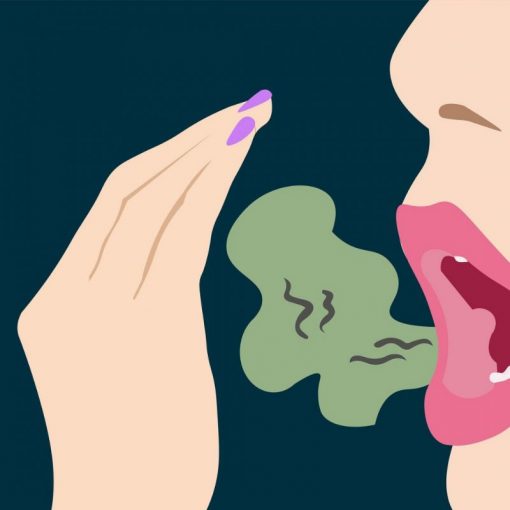
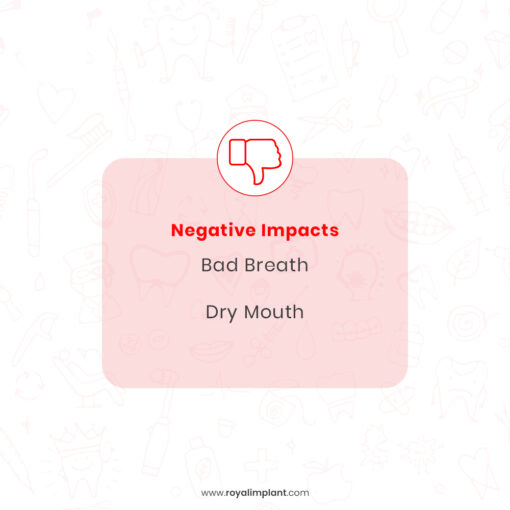
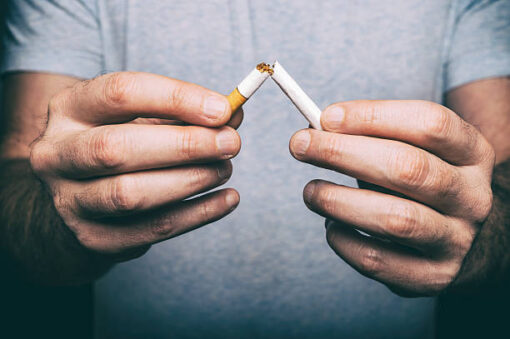
In addition, tobacco use is also associated with an increased risk of oral cancer, with smokers being six times more likely to develop the disease than non-smokers.
Oral Cancer: Tobacco use is the leading cause of oral cancer in India. Oral cancer is a serious and often fatal disease that can affect the lips, tongue, gums, and other parts of the mouth. Smokers are six times more likely to develop oral cancer than non-smokers.
Periodontal Disease: Tobacco use can also increase the risk of periodontal disease, a condition that affects the gums and can lead to tooth loss. Smokers are more likely to develop periodontal disease than non-smokers, and the disease tends to progress more rapidly in smokers.
Staining and Discoloration: Tobacco use can cause staining and discoloration of the teeth and tongue, which can be difficult to remove.
Halitosis: Tobacco use can also cause bad breath or halitosis, which can be a significant source of social embarrassment.
Delayed Healing: Tobacco use can also delay the healing of oral wounds, which can lead to complications after dental procedures or surgeries.
Diseases caused by Tobacco use in India
Gum disease, or periodontal disease, is one of the most common oral health problems associated with tobacco use. This is caused by the presence of toxins in the smoke or spit from smokeless tobacco, which irritates and inflames the gums, leading to gum recession and bone loss.
Bad breath, or halitosis, is also a common consequence of tobacco use. This is caused by the presence of volatile compounds in tobacco, which are released into the mouth and cause a strong and unpleasant odour. In addition, smoking and chewing tobacco can also cause yellowing of the teeth, as the chemicals in the tobacco stain the enamel of the teeth.
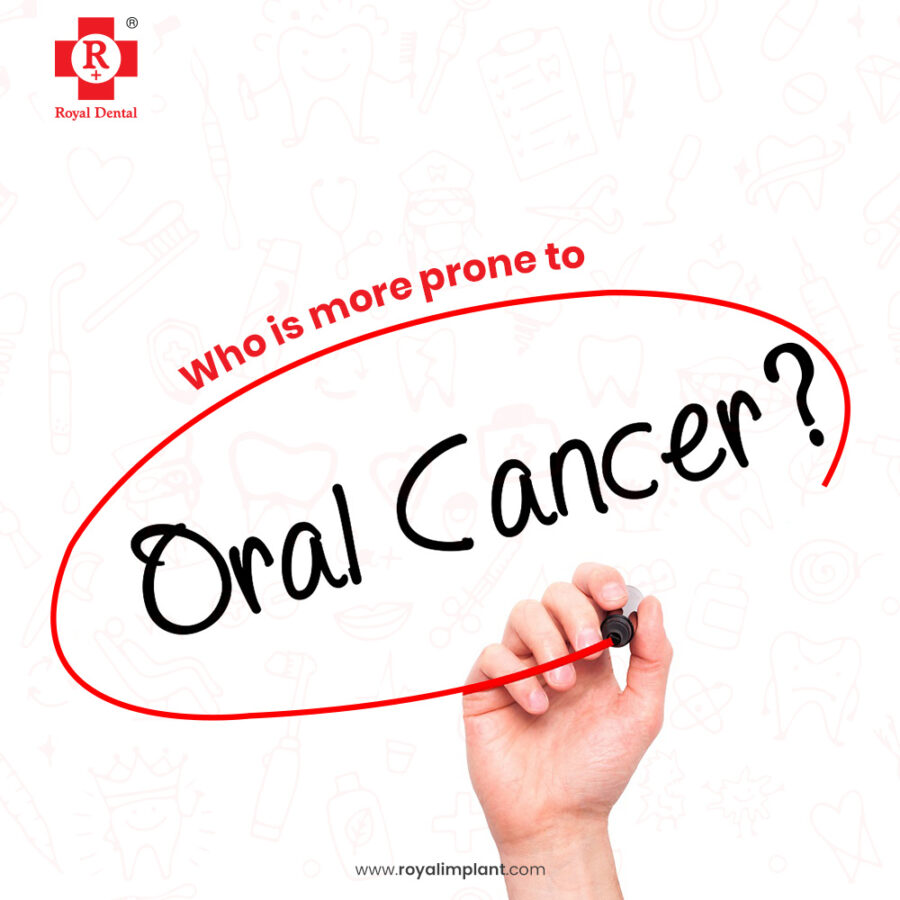
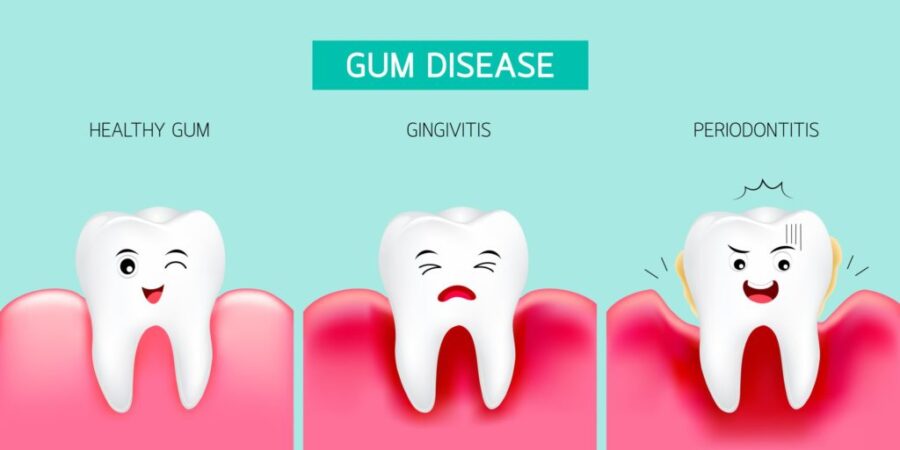
Oral cancer is another serious consequence of tobacco use in India. This is caused by the presence of carcinogenic compounds in the smoke or spit from smokeless tobacco, which can damage the cells of the mouth and throat and lead to the development of cancerous tumours. Smokers are six times more likely to develop oral cancer than non-smokers, making it one of the most serious health risks associated with tobacco use.
Symptoms of long-term Tobacco use in India
In addition to the diseases associated with tobacco use, several symptoms may indicate that someone is a long-term tobacco user. These include bad breath, yellowing of the teeth, and periodontal disease. Additionally, smokers may also experience a persistent sore throat and a chronic cough, as well as a reduced sense of taste and smell. Heavy smokers may also experience a reduced ability to exercise due to breathlessness and increased fatigue.
Overall, tobacco use has a significant and negative impact on oral health in India. It is important for individuals to avoid tobacco use in all forms and to seek treatment if they have developed any oral health problems related to tobacco use. Additionally, public health campaigns and policies aimed at reducing tobacco use can play an important role in improving oral health outcomes in India.
Treatments for diseases caused by tobacco use
The treatment of diseases caused by tobacco use in India depends on the severity of the disease and the individual’s general health. For gum disease, treatment typically involves a combination of medication, lifestyle changes, and professional dental care. Medication may include antibiotics to reduce the inflammation of the gums, while lifestyle changes may include quitting smoking and improving oral hygiene. Professional dental care may involve scaling and root planning to remove plaque and tartar buildup and restore the health of the gums.
For oral cancer, treatment may include surgery, radiation therapy, and chemotherapy. Surgery is typically used to remove cancerous tumours, while radiation therapy and chemotherapy are used to destroy cancerous cells. Additionally, lifestyle changes such as quitting smoking and eating a healthy diet may also help to reduce the risk of recurrence.
Early detection of oral cancer can be frightening, but early detection is the key to a better diagnosis. Oral cancer can develop anywhere inside your mouth, especially in the jaw regions.
Dr. Chirag Chamria
Risks with Smoking and Chewing tobacco in India
In addition to the diseases and symptoms associated with tobacco use, there are also several risks associated with smoking and chewing tobacco. These include an increased risk of heart disease and stroke, as well as an increased risk of developing other forms of cancer, such as lung cancer and bladder cancer. Smoking and chewing tobacco can also increase the risk of developing respiratory illnesses, such as chronic obstructive pulmonary disease (COPD) and emphysema, as well as other conditions such as infertility and impotence.
Strategies for preventing tobacco use in India
Given the significant health risks associated with tobacco use. It is important to develop strategies for preventing and reducing its use in India. These strategies may include education campaigns to raise awareness of the health risks associated with tobacco use. As well as providing support and resources to those who wish to quit. Additionally, increasing the price of tobacco products and restricting their availability may also help to reduce their use.
In addition to preventing and reducing tobacco use. It is important to ensure that those who do use tobacco receive regular oral health care. Regular dental check-ups and cleanings can help to identify and treat any early signs of disease. As well as prevent further damage to the teeth and gums. Additionally, regular brushing and flossing can help to reduce the risk of developing gum disease and other oral health problems.
Resources for quitting Tobacco in India
Quitting tobacco use can be a challenging process. And it is important that those who wish to quit have access to the resources and support they need to do so. There are several resources available to those who wish to quit, including support groups, counselling, and quit-smoking programs. Additionally, there are several medications available that can help to reduce cravings for tobacco and make quitting easier.
Conclusion
Tobacco use in India has dire consequences on the oral health of its citizens. With an increased risk of developing serious illnesses such as gum disease, bad breath, and oral cancer. Additionally, it can also lead to several other symptoms. Such as yellowing of the teeth and a reduced sense of taste and smell. It is important to take steps to prevent and reduce tobacco use in India. As well as to ensure that those who do use tobacco receive regular oral health care. Additionally, there are several resources available to those who wish to quit, including support groups, counseling, and quit-smoking programs.

